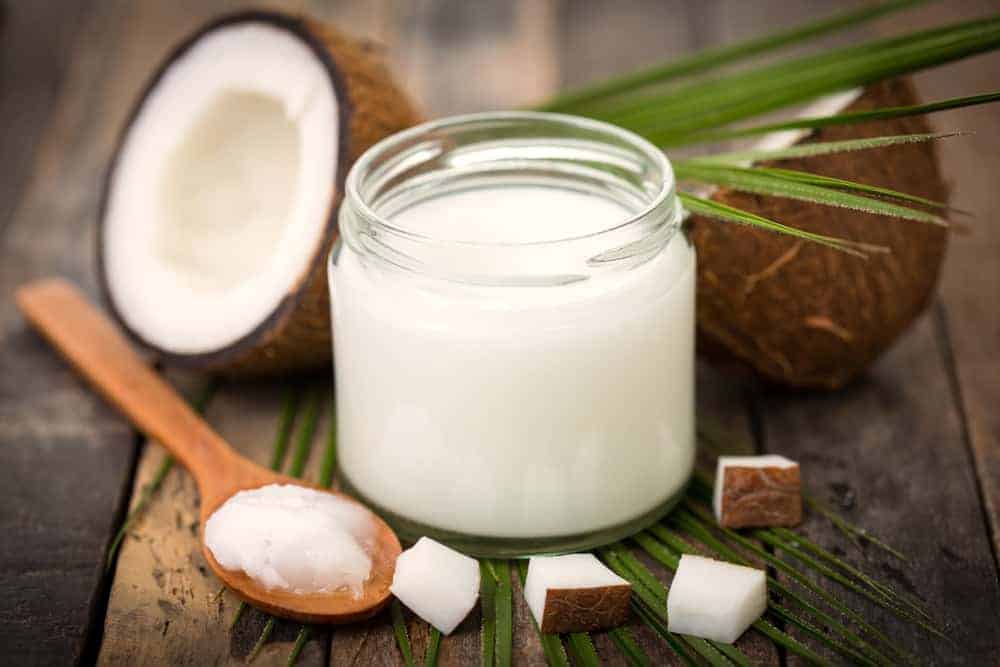15 Forbidden Foods Travelers Can’t Stop Hunting Down (Even If They’re Banned)
Certain delicacies around the world remain tantalizingly out of reach due to legal, ethical, or health restrictions, yet their mystique only intensifies their appeal. Adventurous food lovers go to extraordinary lengths—sometimes risking fines or worse—for a chance to savor these elusive tastes. From rare cheeses to controversial meats, the stories behind these foods reveal cultural traditions, conservation debates, and the enduring thrill of the forbidden.
1. Fugu (Pufferfish) – Japan

Fugu is one of Japan’s most infamous delicacies, renowned for its potentially lethal toxins. Strict regulations mean only highly trained, licensed chefs can prepare it, and it’s outright banned in some regions. Despite the dangers, culinary thrill-seekers from around the globe pursue this risky dish, drawn by the adrenaline rush and the delicate flavor. Mishandling can be fatal, but the forbidden nature only heightens its intrigue.
2. Casu Marzu – Italy

Casu Marzu is a notorious Sardinian cheese infested with live maggots, earning it the title of “world’s most dangerous cheese.” Officially banned across the European Union for health and hygiene concerns, its underground popularity endures among adventurous food enthusiasts. Foodies risk not only their taste buds but also hefty fines to experience its creamy, pungent flavor profile. Despite its legal status, Casu Marzu’s reputation continues to tempt those seeking the thrill of forbidden cuisine.
3. Hákarl – Iceland

Hákarl is a traditional Icelandic dish made from fermented Greenland shark, notorious for its overpowering ammonia-rich aroma. Banned in some countries due to potential toxicity, it remains a rite of passage for daring eaters who visit Iceland. The flavor is undeniably intense and polarizing, yet food adventurers continue to seek out this Viking-era specialty for the ultimate culinary challenge.
4. Ortolan Bunting – France

Ortolan Bunting is a tiny songbird once prized by French gourmands for its delicate, rich taste. Due to overhunting and declining populations, the bird is now fiercely protected, and its capture, sale, and consumption are strictly prohibited. Despite these bans, some culinary elites secretly indulge in this rare delicacy, drawn by its mystique and the allure of forbidden flavor. The ortolan’s legend endures in the shadows of French gastronomy.
5. Foie Gras – Various Countries

Foie gras, the luxurious and buttery liver of a duck or goose, is banned in several regions, including California, over concerns about animal cruelty in its production. Despite the legal restrictions, food enthusiasts still go to great lengths to enjoy this controversial delicacy, sourcing it from black markets or traveling to places where it’s still served. Its rich flavor and creamy texture continue to tempt those seeking gourmet experiences.
6. Kinder Surprise Eggs – United States

Kinder Surprise Eggs are beloved around the world for their chocolate shell and hidden toy, but they’re banned in the United States due to choking hazard regulations. Despite the risk of hefty fines, American travelers frequently smuggle these treats home, drawn by nostalgia and the thrill of forbidden candy. The allure of the concealed surprise continues to tempt chocolate lovers.
7. Ackee Fruit – Jamaica
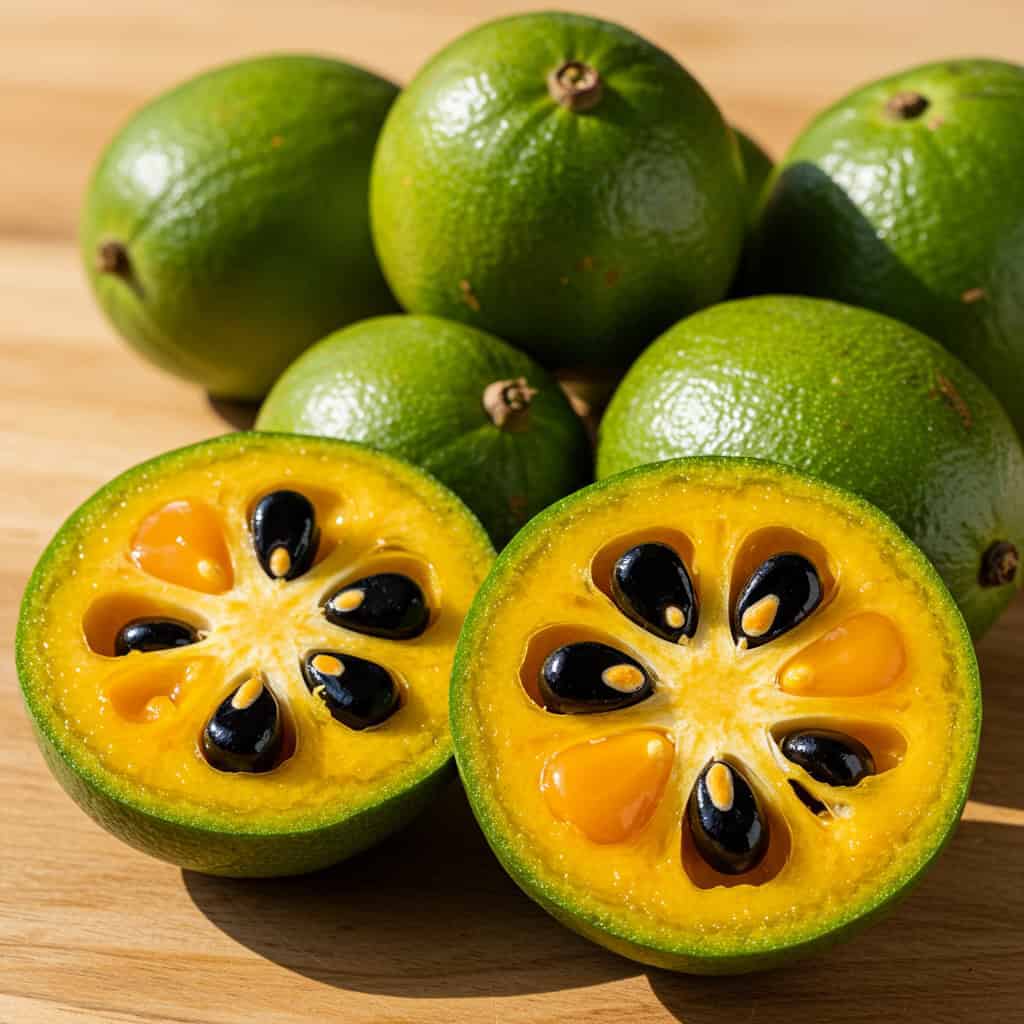
Ackee, Jamaica’s national fruit, is celebrated for its unique flavor but carries serious risks if not properly prepared. When unripe, ackee contains toxins that can trigger “Jamaican Vomiting Sickness,” leading to its ban in the U.S. unless fully ripened and processed. Despite these dangers, adventurous eaters and Caribbean food enthusiasts continue to seek out authentic ackee dishes, eager for a genuine taste of Jamaica’s culinary heritage.
8. Sassafras Oil – United States
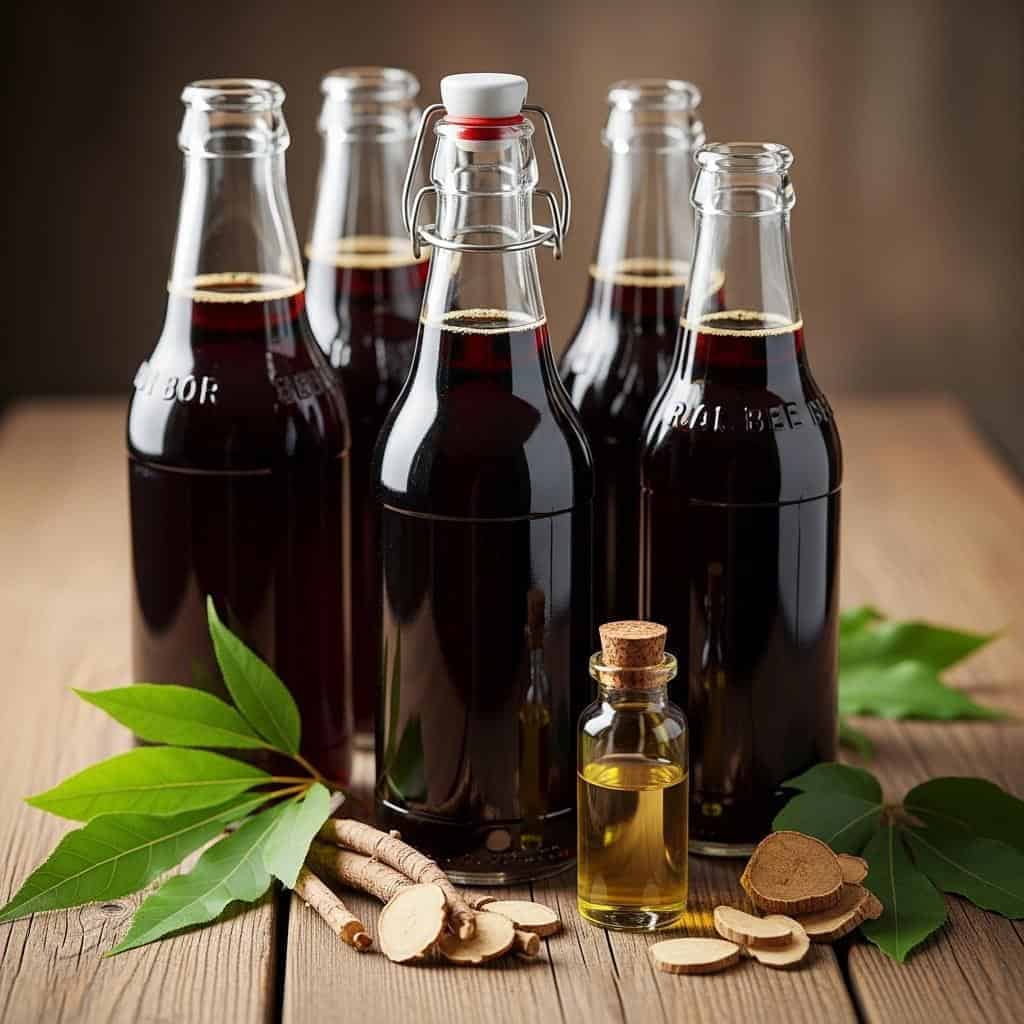
Sassafras oil, once a defining ingredient in traditional root beer, was banned by the FDA after its main compound, safrole, was found to be carcinogenic. Despite this, fans of vintage flavors and herbal remedies continue to seek out authentic sassafras drinks and concoctions, often turning to homemade recipes or specialty sources. The quest for the original root beer experience keeps this forbidden flavor alive.
9. Haggis – United States

Haggis, a beloved Scottish dish made from sheep’s heart, liver, and lungs mixed with oats and spices, is banned in the United States because sheep lung is prohibited in food imports. Despite the restrictions, American Scots and adventurous food lovers find ways to enjoy this savory delicacy, whether by smuggling it from abroad or crafting homemade versions. The craving for authentic haggis remains strong across the diaspora.
10. Sannakji – South Korea
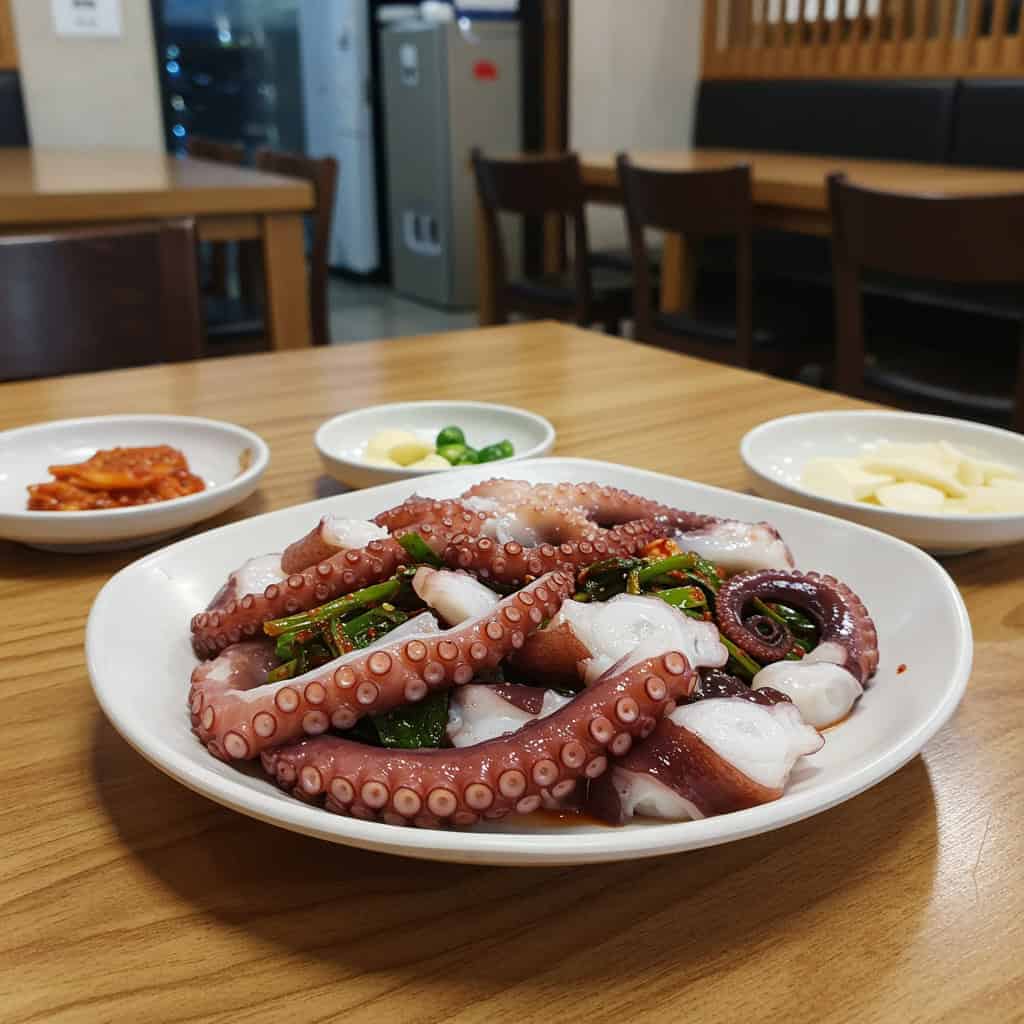
Sannakji is the notorious Korean delicacy of live octopus, chopped and served while its tentacles are still wriggling. While some countries restrict or ban its serving due to animal welfare concerns, thrill-seekers chase sannakji for its slippery texture and the exhilarating dining experience. The dish’s controversy only adds to its allure for adventurous foodies.
11. Miracle Fruit – European Union

Miracle fruit, a small berry from West Africa, contains a compound that temporarily makes sour foods taste sweet, creating a sensation food enthusiasts crave. Despite its intriguing effects, the European Union has banned its commercial sale due to regulatory hurdles and unresolved safety concerns. Undeterred, flavor adventurers and culinary experimenters continue to hunt for miracle fruit, eager to experience its palate-altering magic firsthand.
12. Horse Meat – United States and UK

Horse meat is considered a delicacy in countries like France, Italy, and Japan, but its consumption is banned or heavily restricted in the United States and the UK due to strong cultural taboos. Despite these prohibitions, curious diners and culinary explorers often travel abroad to experience the unique flavor and texture of this controversial protein, fueling ongoing debates about food traditions and ethics.
13. Absinthe – United States (historically)
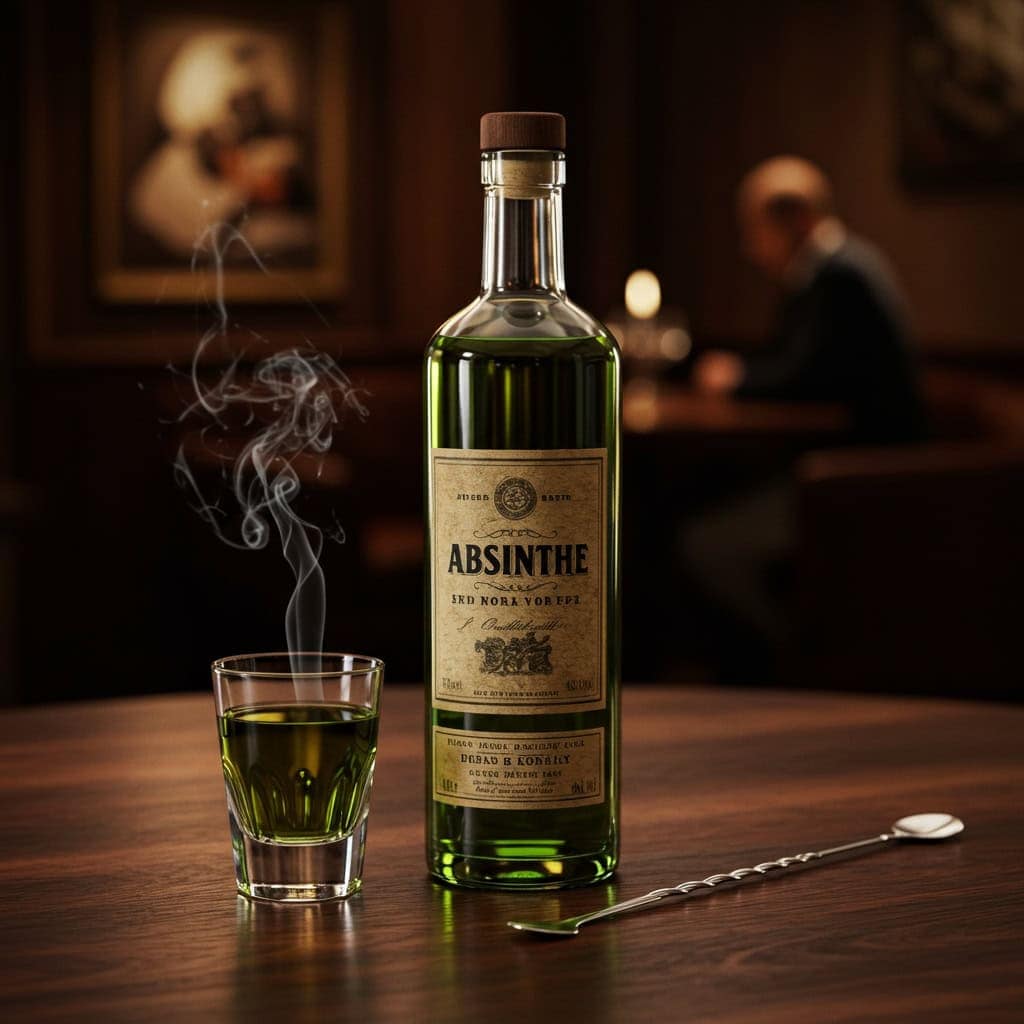
Absinthe, famously known as the “Green Fairy,” was outlawed in the United States and much of Europe for most of the 20th century, largely due to fears of its alleged hallucinogenic properties. While legal absinthe has made a comeback, connoisseurs and collectors still seek out vintage bottles, drawn by the mystique of its forbidden past. The lore and ritual surrounding this anise-flavored spirit continue to attract adventurous drinkers.
14. Beluga Caviar – United States

Beluga caviar, prized for its large, delicate pearls and exquisite taste, is banned from import into the United States to protect endangered beluga sturgeon populations. Despite this, gourmet travelers and luxury food aficionados pursue this coveted delicacy abroad, undeterred by its scarcity and high price. The allure of tasting authentic beluga caviar continues to entice those eager for an exclusive gastronomic experience.
15. Raw Milk Cheese – United States
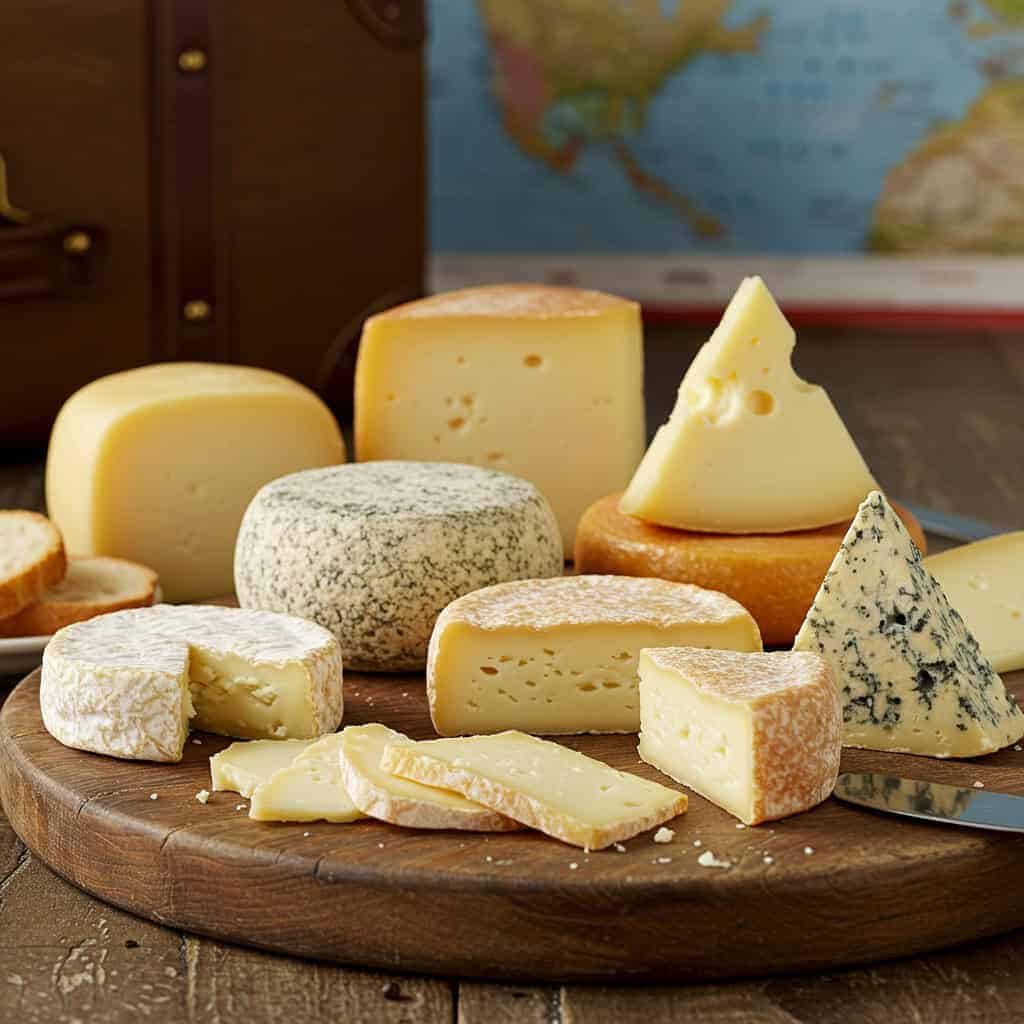
Raw milk cheese is revered for its complex flavors and traditional craftsmanship, but many varieties are banned in the United States because of concerns about foodborne illnesses. Dedicated cheese lovers often go to great lengths—traveling abroad or seeking underground sources—to experience these unique European cheeses. The pursuit of authentic, unpasteurized varieties highlights the passion and persistence of true cheese aficionados.
Conclusion

The allure of forbidden foods persists across cultures and generations, driven by curiosity and the thrill of tasting the rare or risky. Despite bans, health concerns, and ethical debates, adventurous eaters are drawn to these elusive delicacies, embodying the human spirit of exploration and desire for unique experiences. The pursuit of the forbidden at the table is more than just about flavor—it’s about stories, tradition, and the excitement of discovery. For further insights, visit National Geographic.
.article-content-img img { width: 100% }



